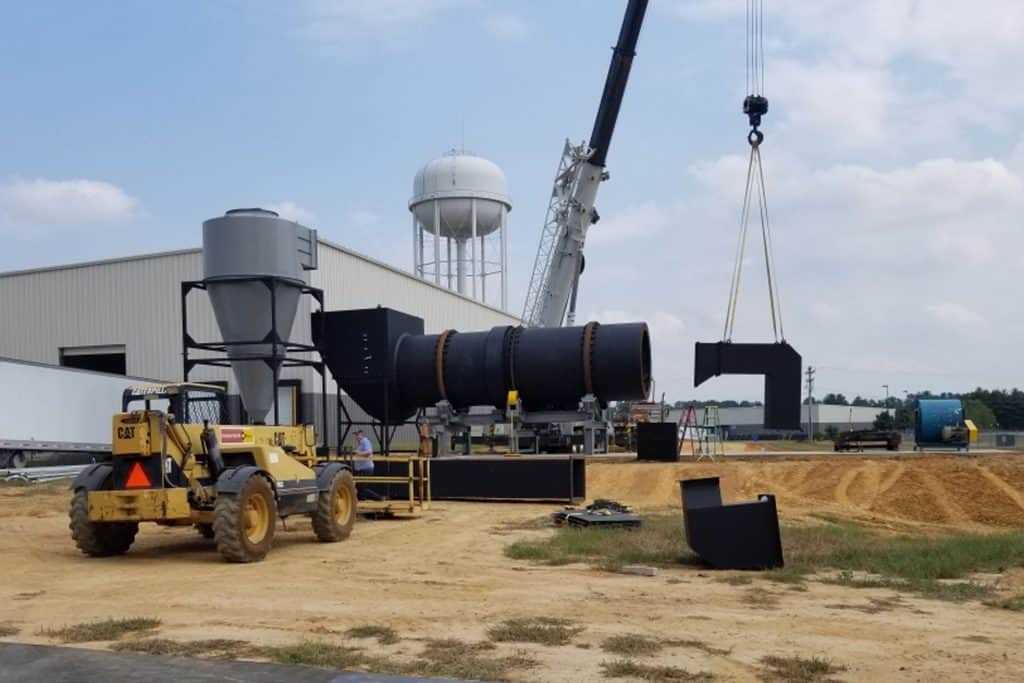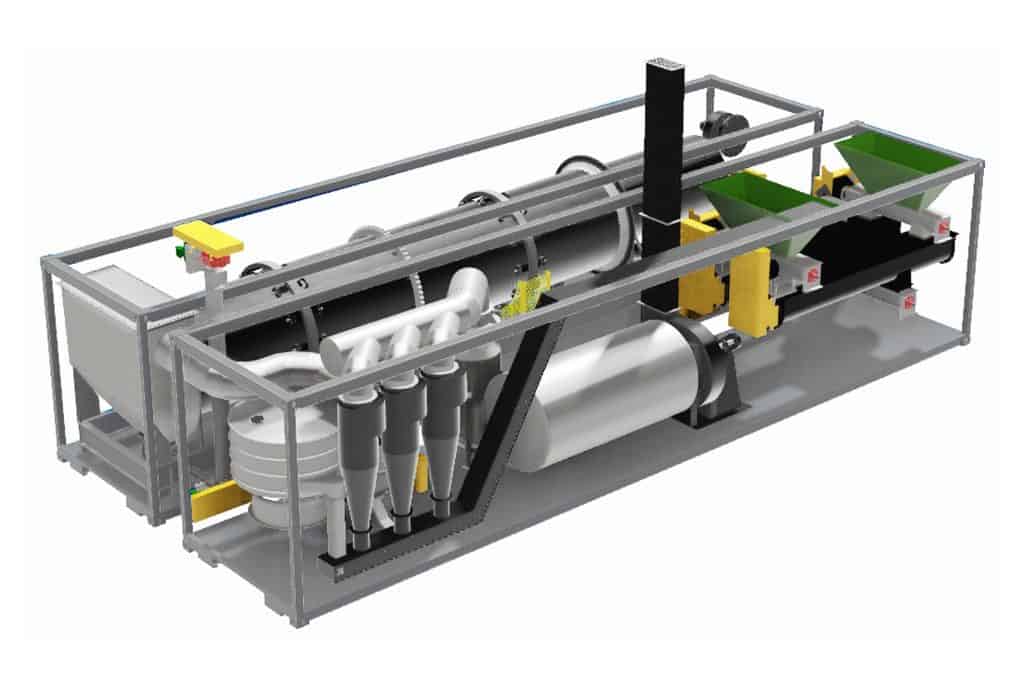In the ongoing battle against environmental degradation and resource depletion, recycling stands as a crucial pillar of sustainable waste management practices. Municipal Solid Waste (MSW) recycling, in particular, plays a vital role in diverting waste from landfills and conserving valuable resources.
At the heart of efficient MSW recycling operations lie sorting stations, sophisticated facilities designed to segregate, process, and prepare recyclable materials for reintegration into the supply chain. Let’s delve into the intricacies of sorting stations, exploring their components, functions, and significance in the recycling ecosystem.
Introduction to Sorting Stations
A sorting station serves as a pivotal hub in the recycling process, where incoming mixed waste undergoes meticulous separation to extract valuable recyclable materials. These facilities are typically equipped with advanced machinery, automated systems, and trained personnel to streamline the sorting process efficiently. Sorting stations are essential for enhancing recycling efficiency, reducing contamination, and maximizing resource recovery from MSW.
Components of Sorting Stations
Receiving Area
This is where incoming mixed waste is delivered to the sorting station, either from collection trucks or conveyor belts. The receiving area serves as the entry point for all materials entering the facility.
Pre-Sorting Area
Materials are initially inspected and sorted manually or through automated processes to remove large items, hazardous materials, and non-recyclable waste. This step helps optimize the efficiency of subsequent sorting processes.
Conveyor Systems
Conveyor belts transport the sorted waste through various stages of the sorting process, ensuring a continuous flow of materials and minimizing downtime.
Sorting Equipment
Sorting stations are equipped with a diverse range of machinery tailored to separate different types of recyclable materials. This may include trommels, magnetic separators, optical sorters, eddy current separators, and air classifiers, each designed to target specific materials based on size, shape, density, and composition.
Quality Control Stations
Trained personnel stationed at various checkpoints inspect sorted materials to ensure quality standards are met and to remove any contaminants or non-recyclable items that may have slipped through the initial sorting stages.
Baling and Packaging Area
Once sorted, recyclable materials are compacted into bales or packaged for transport to recycling facilities or manufacturers. This step facilitates efficient storage, handling, and transportation of recycled materials.
Functions of Sorting Stations
- Material Segregation: Sorting stations segregate incoming mixed waste into distinct streams of recyclable materials such as plastics, metals, glass, paper, and organic waste.
- Contaminant Removal: Through manual and automated processes, sorting stations effectively remove contaminants and non-recyclable items from the waste stream, minimizing contamination and ensuring the quality of recycled materials.
- Resource Recovery: By extracting valuable recyclable materials from mixed waste, sorting stations facilitate resource recovery, conserving energy and reducing the need for raw material extraction.
- Waste Diversion: Sorting stations play a critical role in diverting waste from landfills, promoting a circular economy by reintegrating recyclable materials back into the production cycle.
- Environmental Impact Reduction: By increasing recycling rates and reducing the reliance on landfill disposal, sorting stations contribute to mitigating environmental pollution, conserving natural resources, and mitigating climate change.
Significance of Sorting Stations in Recycling
Sorting stations are indispensable components of modern MSW recycling infrastructure, serving as the linchpin between waste collection and material recovery. Their efficient operation is crucial for maximizing recycling rates, minimizing waste disposal, and fostering sustainable resource management practices. Moreover, sorting stations facilitate the transition towards a circular economy by promoting the reuse, recycling, and repurposing of materials, thereby reducing the environmental footprint of waste generation.
Looking for a quote?
A sorting station represents the backbone of municipal solid waste recycling efforts, embodying the principles of efficiency, resource recovery, and environmental stewardship. Through their meticulous sorting processes and advanced technologies, these facilities play a pivotal role in transforming mixed waste into valuable resources, driving forward the transition towards a more sustainable and circular economy.




